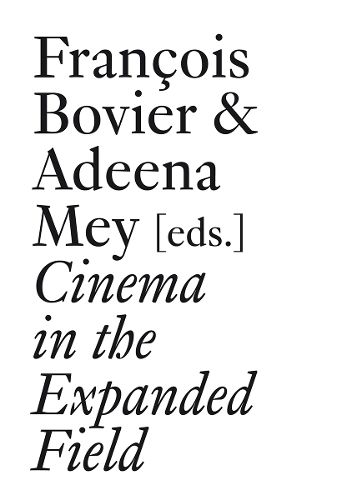Readings Newsletter
Become a Readings Member to make your shopping experience even easier.
Sign in or sign up for free!
You’re not far away from qualifying for FREE standard shipping within Australia
You’ve qualified for FREE standard shipping within Australia
The cart is loading…






Part of the Documents series, this volume explores the history, theory and practice of exhibiting artists’ cinema, video installations and advertising films, focusing on the domains of performance and of the expanded arts. Together with its companion volume, Exhibiting the Moving Image, the book offers case studies of exhibitions, understood as events whose singularities emerge through the problematics they raise, toward the formation and redefinition of larger exhibitionary complexes. The intention is to sketch alternative archaeologies of film exhibitions and complicate their histories as indexed either to the black box or to the white cube. Instead, Cinema in the Expanded Field maps situations of cross-pollination and hybridization, as well as exclusions between these devices, while accounting for the singularity–resulting from the relationship between the aesthetic domain, technical apparatuses, discourses and audiences in their spatial settings–of each of the events studied.
$9.00 standard shipping within Australia
FREE standard shipping within Australia for orders over $100.00
Express & International shipping calculated at checkout
Part of the Documents series, this volume explores the history, theory and practice of exhibiting artists’ cinema, video installations and advertising films, focusing on the domains of performance and of the expanded arts. Together with its companion volume, Exhibiting the Moving Image, the book offers case studies of exhibitions, understood as events whose singularities emerge through the problematics they raise, toward the formation and redefinition of larger exhibitionary complexes. The intention is to sketch alternative archaeologies of film exhibitions and complicate their histories as indexed either to the black box or to the white cube. Instead, Cinema in the Expanded Field maps situations of cross-pollination and hybridization, as well as exclusions between these devices, while accounting for the singularity–resulting from the relationship between the aesthetic domain, technical apparatuses, discourses and audiences in their spatial settings–of each of the events studied.